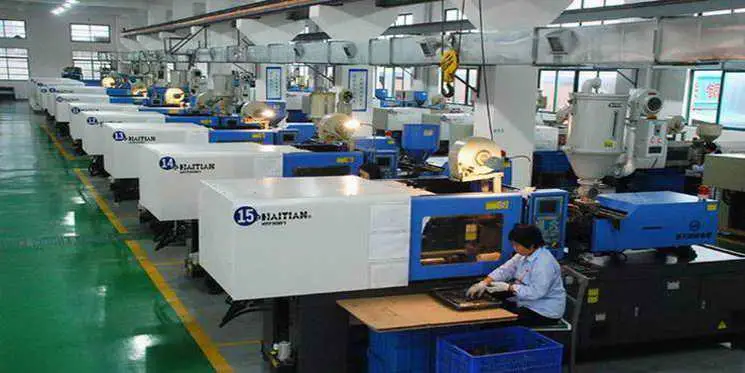What is PE (Polyethylene), and what are its characteristics and uses?
Polyethylene (PE) is a general term for the high molecular weight polymer of ethylene. It is the most widely produced plastic variety by plastic manufacturers, with the simplest chemical composition and molecular structure, and industrial production was achieved in 1939. There are three types of PE based on different polymerization methods: high-pressure polymerization, medium-pressure polymerization, and low-pressure polymerization, resulting in LDPE (low-density polyethylene), MDPE (medium-density polyethylene), and HDPE (high-density polyethylene) respectively.
PE's molecular chain can be seen as linear, flexible, and long, giving it good flexibility. The presence of branches on the PE molecular chain varies depending on the polymerization method, with HDPE typically having the most branches. The amount of branching affects the folding and packing performance of the molecular chain, leading to reduced crystallinity, decreased density, and affecting its melt flow properties. With branches, especially long-branched molecular chains, HDPE has the lowest viscosity.
PE molecular chains often form double bonds, with HDPE having fewer double bonds than LDPE, which can affect the plastic's aging resistance and certain chemical properties. Different types of PE have variations in mechanical, thermal, and other properties due to differences in branching degree, molecular weight distribution, types, and quantities of double bonds, and other genetic factors in the molecular chain.
(1) Common Characteristics of PE
PE is a white waxy solid, slightly crystalline in appearance, odorless, tasteless, and non-toxic. Except for films, other products are opaque due to PE's high crystallinity. Depending on the polymerization method, the density of LDPE ranges from 0.91 to 0.93 g/cm³, MDPE from 0.93 to 0.94 g/cm³, and HDPE from 0.94 to 0.97 g/cm³. Density significantly influences the mechanical properties of PE; as density increases, all mechanical properties except toughness improve. PE is a typical soft and tough polymer, with lower mechanical properties compared to other plastic materials except for high impact strength. PE has excellent cold resistance with a brittleness temperature of -50 to -70°C. Its heat deflection temperature is low among plastics, varying between different types of PE, with LDPE ranging from 38 to 50°C (0.45 MPa), MDPE from 50 to 74°C, and HDPE from 60 to 80°C. PE exhibits good thermal stability, with higher continuous use temperatures compared to PVC and PS. In an inert atmosphere, PE's thermal decomposition temperature exceeds 300°C. PE has a high thermal conductivity and significant linear expansion coefficient, causing significant dimensional changes with temperature variations.
PE is non-polar, providing excellent dielectric properties and electrical insulation. It has low moisture absorption (0.01%), ensuring minimal changes in its electrical properties with varying environmental humidity. PE has a small dielectric constant of approximately 2.25 to 2.35, low dielectric loss factor, and high volume resistivity. Its chemical stability and inertness make it unaffected by non-oxidizing acids, amines, salts, and weak sulfuric or nitric acids at room temperature. However, it deteriorates under the action of concentrated nitric acid, sulfuric acid, and mixtures of sulfuric acid and chromic acid. PE is a non-polar crystalline polymer with low cohesive energy density, making it insoluble in any solvent at room temperature. PE undergoes stress cracking under the influence of various active substances, known as environmental stress cracking, a unique phenomenon of polyolefin plastics, especially PE. LDPE exhibits better resistance to environmental stress cracking than HDPE due to its lower crystallinity. PE has a low-energy, non-polar surface, leading to poor adhesion, making bonding between PE products or with other materials challenging. Being a hydrocarbon polymer composed solely of carbon and hydrogen, PE is highly combustible with a limiting oxygen index of 17.4, making it one of the most flammable plastic varieties.
PE's main drawbacks include significant and variable shrinkage rates, with LDPE ranging from 1.5% to 5.0% and HDPE from 2.5% to 6.0%. Additionally, PE melt is prone to degradation.
(2) Main Applications of PE
PE is the most widely used plastic variety, suitable for extrusion and rolling into various films, blow molding into containers, extrusion into profiles and monofilaments, and injection molding into various daily necessities such as bottle caps, lampshades, toys, stationery, basins, bowls, as well as instruments, bicycles, and certain components in automobiles.

